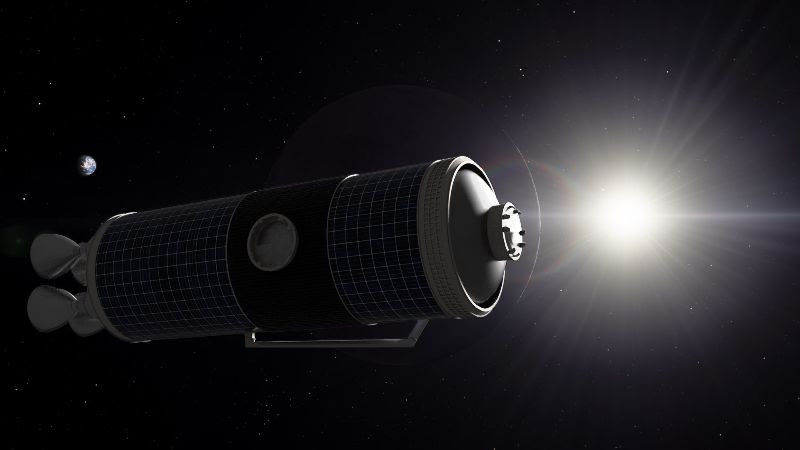
Enlarge / An artist's concept of a spent upper stage of a rocket. (credit: Nanoracks)
In the 1960s, as it cast about for ideas about what to do after the Apollo Moon program, NASA considered re-using the spent upper stages of its large rockets as space stations. Ultimately, however, the agency dismissed this "wet workshop" concept and modified an upper stage on the ground for its Skylab program.
However, a Houston-based company named Nanoracks has revised the "wet workshop" concept, hoping to convert the spent upper stages of rockets into in-space habitats. "We are keen on bringing the wet lab back as an architecture," Adrian Mangiuca, who directs commerce for Nanoracks, said in an interview. "We think it is the future."
To that end, the company announced this week that it aims to perform a demonstration test in the fourth quarter of 2020. It will fly on a rocket—Mangiuca declined to name the launch provider—as as a secondary customer. After the primary mission, and other customers deploy their payloads, Nanoracks will attempt to heat and then cut three samples of metal used in upper stages. It will have about 30 minutes to an hour to perform these tasks with a robotic arm before the upper stage fires its engine to initiate a de-orbit burn.
No comments:
Post a Comment